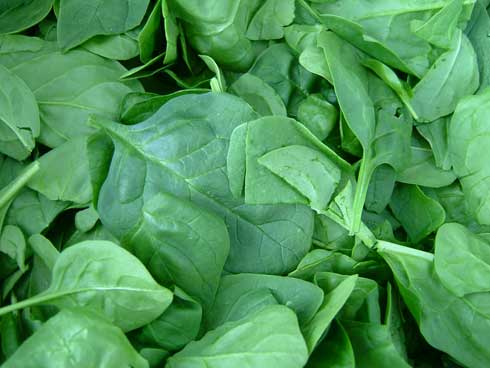How to Harvest and Store Turnips
Harvest turnips when they are large enough to eat. Turnip roots are ready for harvest 40 to 50 days after sowing. Turnips should not be allowed to grow too large or they will become woody, stringy, and bitter tasting. Related articles: When to harvest turnips Kitchen Helpers from Amazon: How to harvest turnips How to […] More












